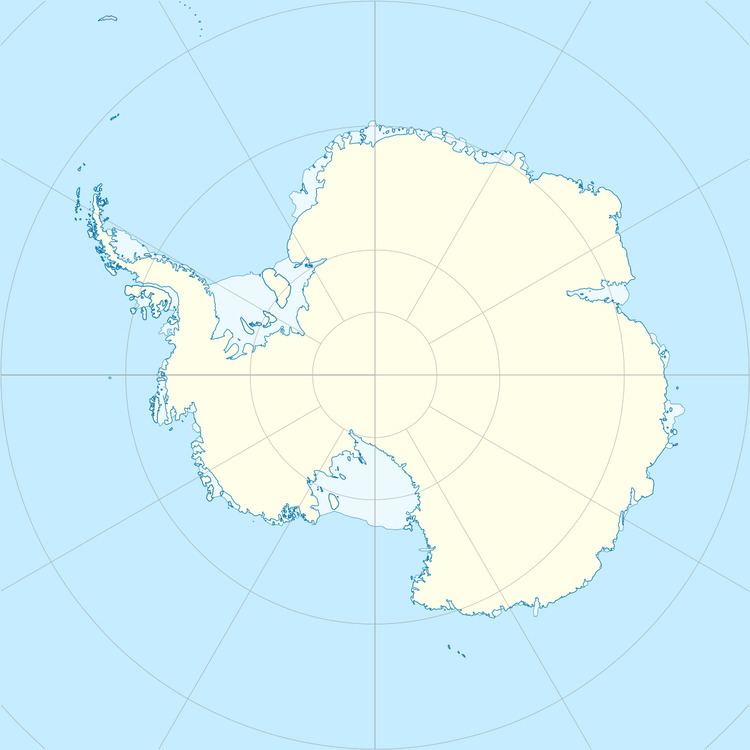Elevation AMSL 18 ft / 5 m 10,000 3,048 08/26 10,000 Elevation 5 m | 15/33 10,000 3,048 Ice | |
 | ||
Similar Pegasus Wreck, Chapel of the Snows, 67, Scott's Hut, Shackleto Hut | ||
Airbus landing at pegasus field antarctica
Pegasus Field (ICAO: NZPG) was an airstrip in Antarctica, the southernmost of three airfields serving McMurdo Station. It closed due to excessive melting in the summer season caused by warmer temperatures combined with dust and dirt blown in from nearby Black Island. The last flight was on December 8, 2016 and it was replaced by Phoenix Airfield (ICAO: NZFX) with flights expected to start in February 2017.
Contents
Pegasus was originally conceived as a blue ice runway capable of handling wheeled aircraft year-round, but as it was developed, it was enhanced with a 4-inch layer of compacted snow on top—thus more properly characterizing it as a white ice runway. Other local runways are the snow runways at Williams Field (ICAO: NZWD) that are limited to ski-equipped aircraft, and the Ice Runway (ICAO: NZIR) on the sea-ice available during the summer Antarctic field season.
The field was named after Pegasus, a C-121 Lockheed Constellation, still visible there in the snow after crashing in bad weather on October 8, 1970. No one on board was injured.
On September 11, 2008, a United States Air Force C-17 Globemaster III successfully completed the first landing in Antarctica using night-vision goggles at Pegasus Field. Previously air transport in the permanent darkness of the winter was only used in emergencies, with burning barrels of fuel to outline the runway.
